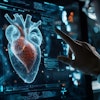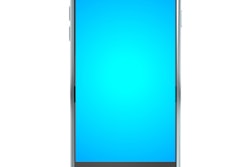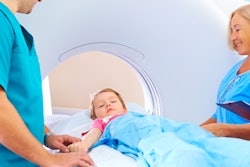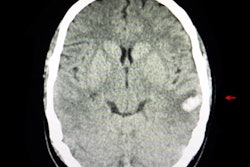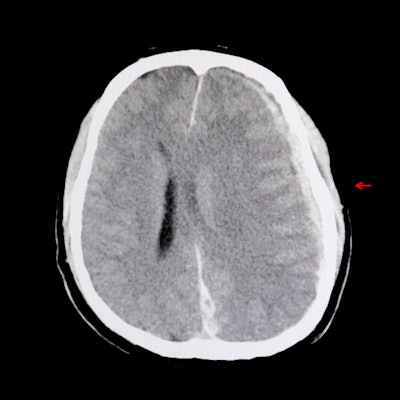
Patients who present in the emergency department (ED) with psychiatric symptoms are often imaged with head CT -- but this may not be necessary, according to a research letter published June 21 in JAMA Internal Medicine.
It just doesn't seem like head CT adds useful clinical information in these instances, wrote a team led by Dr. Long Tu of Yale School of Medicine in New Haven, CT. And eliminating it would spare patients radiation exposure.
"Routine use of head CT examination for common psychiatric presentations may not be warranted if there are no other indications for neuroimaging," the group noted.
In the emergency department, and even in the inpatient setting, CT may be used to exclude structural pathology in patients presenting with psychiatric conditions like hallucinations, delusions, or suicidal ideation, the group noted. Since professional recommendations for neuroimaging in this patient group vary, Tu's group sought to assess whether head CT contributes useful clinical information for clinicians encountering patients with psychiatric symptoms.
"Recommendations for neuroimaging in psychiatric illness vary and mostly address first episodes of psychosis," the investigators wrote.
The study included data taken from CT exams performed in ED and inpatient settings between March 2014 and February 2020 in 369 patients with suicidal or homicidal ideation, hallucinations, delusions, paranoia, catatonia, or psychosis (of these exams, 80.5% were performed in the ED). The team tracked any acute findings from the CT exams such as stroke, fluid buildup in the brain, or brain bleeds, as well as "explanatory" findings that could account for the person's psychiatric symptoms such as progressive gliosis or encephalomalacia. Tu and colleagues defined diagnostic yield for head CT as the proportion of exams with findings from either of these categories.
The most common indications for head CT were hallucinations (60.4%), followed by "unspecified psychotic symptoms" (19.8%), suicidal ideation (8.7%), and delusions (5.7%).
The head CT exams had no diagnostic yield, either by indication or setting, Tu and colleagues found.
There are no professional society guidelines for neuroimaging in patients with psychiatric symptoms -- which suggest that further research is needed, according to the authors.
"Our findings suggest that additional research and guideline refinement may improve the value and efficiency of psychiatric evaluation in the acute setting," they concluded.




